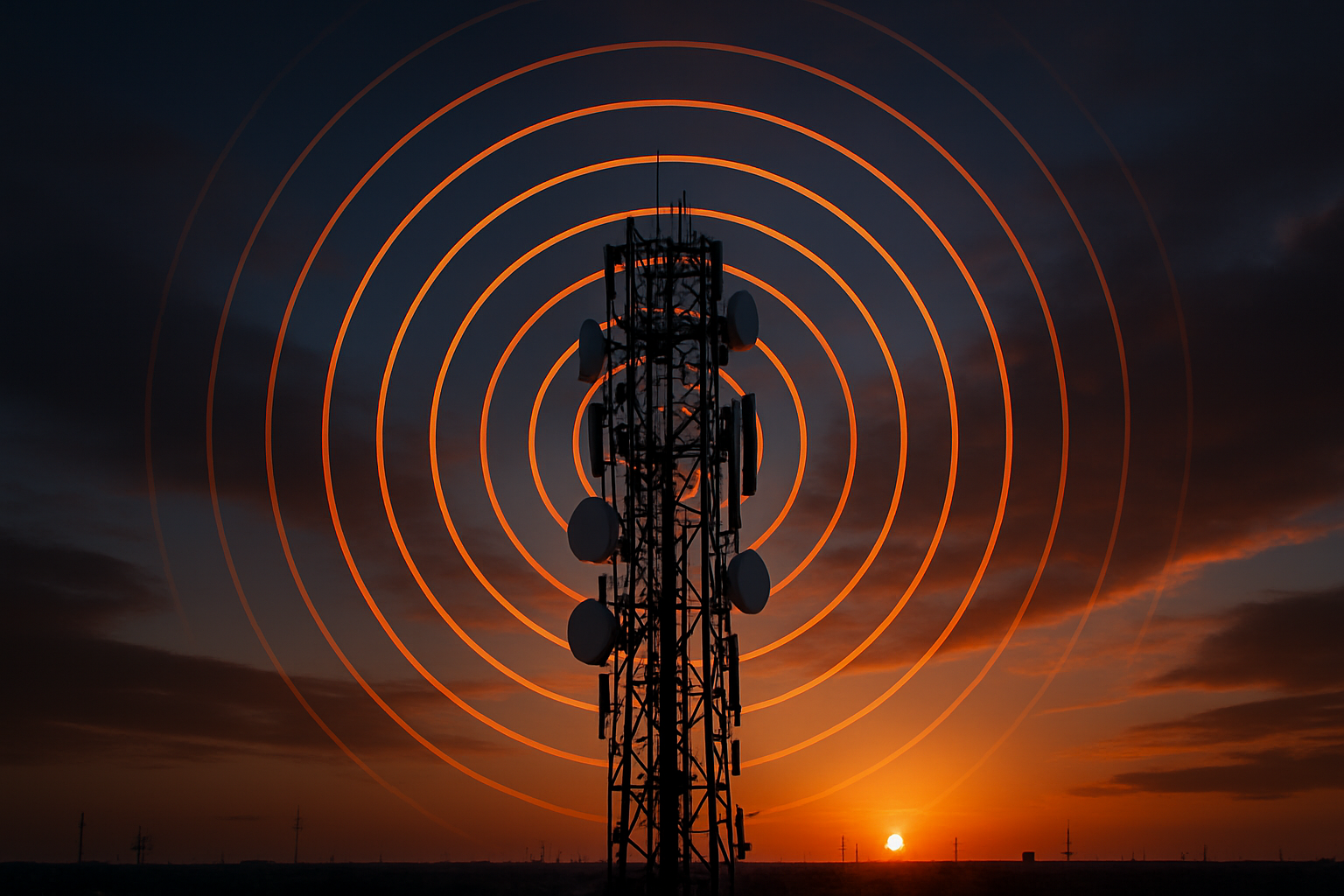Terahertz Spectrum: The Next Frontier in Wireless Communication
The race for faster, more efficient wireless communication never stops. As current technologies approach their limits, researchers are turning to an unexplored region of the electromagnetic spectrum: terahertz waves. This article delves into the potential of terahertz communication, its challenges, and how it could revolutionize our connected world.

Terahertz waves offer several unique advantages over existing wireless technologies. They can carry significantly more data than current microwave-based systems, potentially enabling data rates of up to several terabits per second. This immense bandwidth could support ultra-high-definition video streaming, instantaneous data transfer, and revolutionary applications in virtual and augmented reality.
Historical Context and Technological Developments
The exploration of terahertz waves dates back to the early 20th century, but practical applications remained elusive for decades. In the 1990s, the development of ultrafast lasers and new semiconductor materials sparked renewed interest in terahertz research. The advent of quantum cascade lasers in the early 2000s marked a significant breakthrough, providing a reliable source of terahertz radiation.
Over the past two decades, researchers have made substantial progress in terahertz technology. Key developments include:
-
Improved terahertz sources and detectors
-
Advanced signal processing techniques
-
Novel antenna designs for terahertz frequencies
-
Integration of terahertz components with existing silicon-based technologies
These advancements have brought terahertz communication from the realm of theoretical possibility to the cusp of practical implementation.
Current Industry Trends and Regulatory Landscape
The telecommunications industry is closely watching the development of terahertz technology. Major tech companies and research institutions are investing heavily in terahertz research, recognizing its potential to address the growing demand for faster, higher-capacity wireless networks.
Regulatory bodies are also taking notice. The Federal Communications Commission (FCC) in the United States has already allocated spectrum above 95 GHz for experimental use, paving the way for terahertz communication. The International Telecommunication Union (ITU) is actively studying the potential of terahertz bands for future wireless systems.
However, the regulatory framework for terahertz communication is still in its infancy. As the technology matures, policymakers will need to address issues such as spectrum allocation, interference management, and safety standards for high-frequency radiation.
Technical Challenges and Innovative Solutions
Despite its promise, terahertz communication faces several technical hurdles. The most significant challenge is signal attenuation. Terahertz waves are rapidly absorbed by water vapor in the atmosphere, limiting their transmission range. This issue is particularly pronounced in outdoor environments and over long distances.
Researchers are exploring various solutions to overcome this limitation:
-
Beam-forming techniques: Using arrays of antennas to focus terahertz signals and extend their range.
-
Reflective surfaces: Developing specialized materials that can efficiently reflect and redirect terahertz waves.
-
Hybrid systems: Combining terahertz links with existing technologies to create robust, multi-tiered networks.
-
Atmospheric modeling: Creating sophisticated models to predict and compensate for atmospheric effects on terahertz propagation.
Another challenge is the development of efficient, compact terahertz transceivers. Current prototypes are often bulky and power-hungry, making them impractical for widespread deployment. However, recent advances in nanomaterials and integrated photonics are paving the way for more practical terahertz devices.
Potential Applications and Industry Impact
The applications of terahertz communication extend far beyond traditional telecommunications. Some potential use cases include:
-
Ultra-high-speed wireless links for data centers and enterprise networks
-
Secure short-range communication for military and government applications
-
High-bandwidth connectivity for next-generation mobile devices
-
Wireless backhaul for dense urban networks
-
Ultra-precise positioning and sensing systems
In the healthcare sector, terahertz technology could enable non-invasive medical imaging with unprecedented resolution. In manufacturing, it could revolutionize quality control processes through non-destructive testing of materials.
The impact on the telecommunications industry could be profound. Terahertz communication has the potential to alleviate spectrum congestion in lower frequency bands, enabling more efficient use of the radio spectrum. It could also drive the development of new services and applications that are currently limited by bandwidth constraints.
Challenges in Commercialization and Adoption
While the potential of terahertz communication is immense, several challenges must be addressed before widespread adoption can occur:
-
Cost: Current terahertz components are expensive to manufacture. Scaling production and reducing costs will be crucial for commercial viability.
-
Integration: Terahertz systems must be seamlessly integrated with existing network infrastructure and devices.
-
Standards development: The industry needs to establish common standards for terahertz communication to ensure interoperability and foster ecosystem development.
-
Public perception: Educating the public about the safety and benefits of terahertz technology will be essential for consumer acceptance.
-
Infrastructure adaptation: Deploying terahertz systems may require significant changes to network architecture and infrastructure.
The Road Ahead: Research and Development Priorities
As terahertz communication moves closer to reality, several key areas of research and development are emerging:
-
Materials science: Developing new materials with improved terahertz emission and detection properties.
-
System-level integration: Creating compact, energy-efficient terahertz transceivers suitable for mass production.
-
Network architectures: Designing network topologies that leverage the unique characteristics of terahertz waves.
-
Signal processing: Developing advanced algorithms for modulation, coding, and beamforming at terahertz frequencies.
-
Standardization: Collaborating on international standards for terahertz communication systems.
Conclusion: A Glimpse into the Terahertz Future
Terahertz communication represents a bold step into uncharted territory in the world of wireless technology. While significant challenges remain, the potential benefits are too great to ignore. As researchers continue to push the boundaries of what’s possible, we may soon see terahertz waves playing a crucial role in shaping the future of global connectivity.
The journey from laboratory experiments to widespread deployment will require sustained effort, collaboration, and investment. However, if successful, terahertz communication could usher in a new era of wireless technology, enabling applications and services that we can only dream of today. As we stand on the brink of this technological frontier, one thing is clear: the future of wireless communication is bright, and it may well be measured in terahertz.





